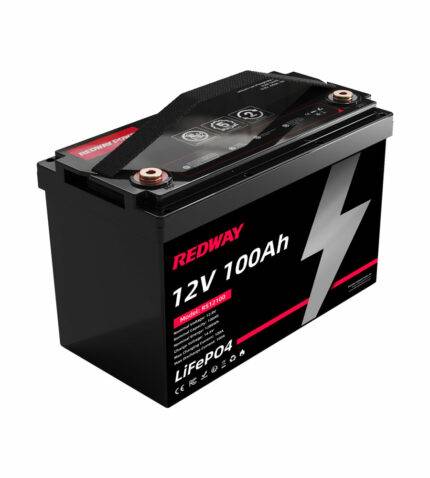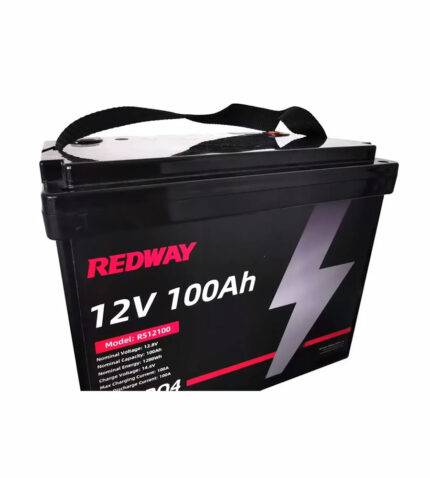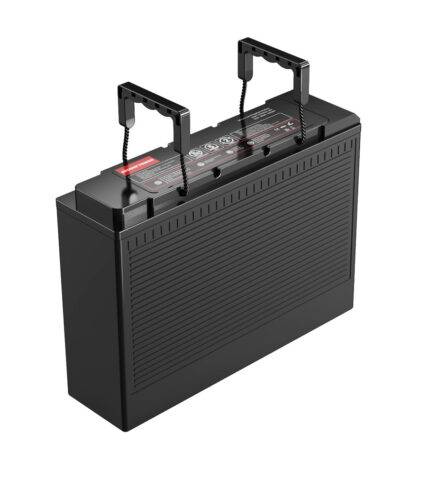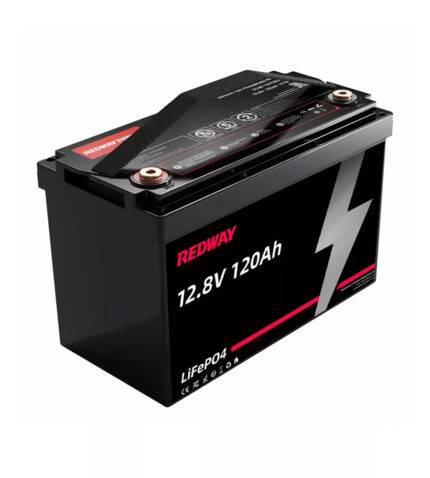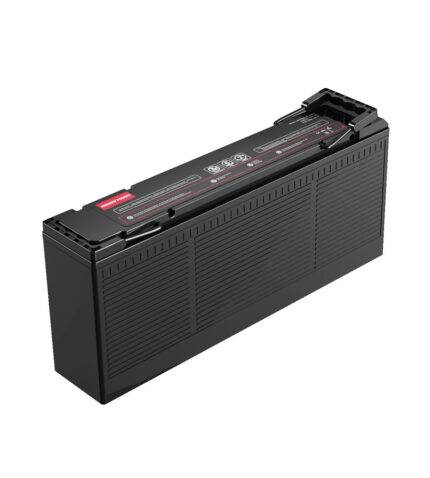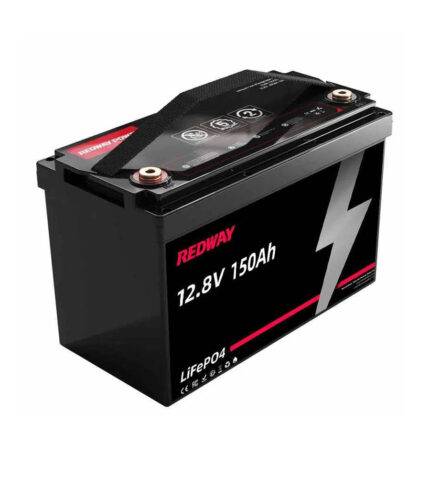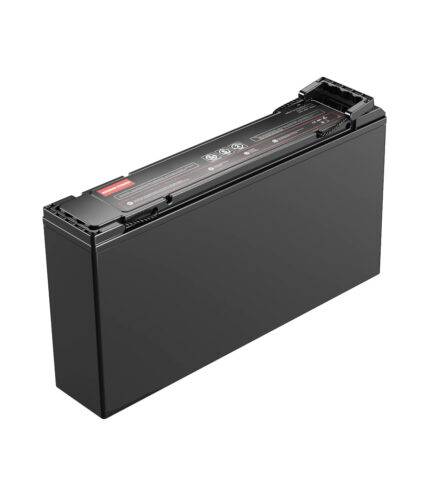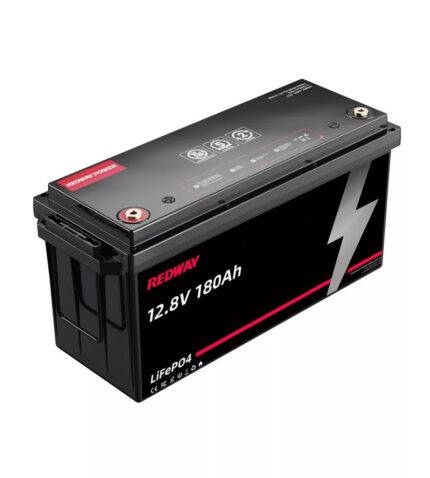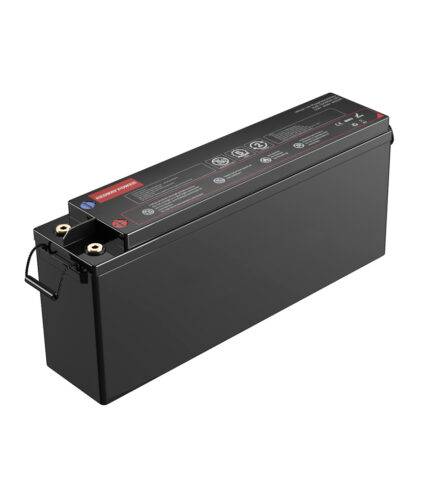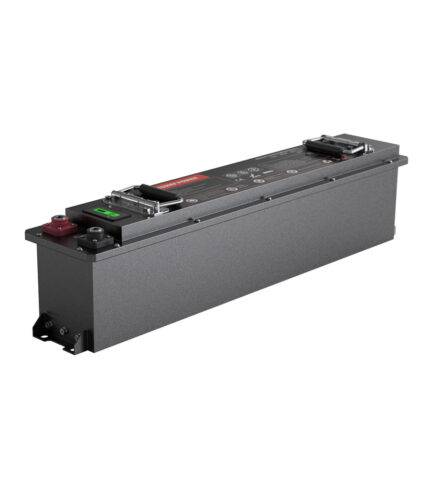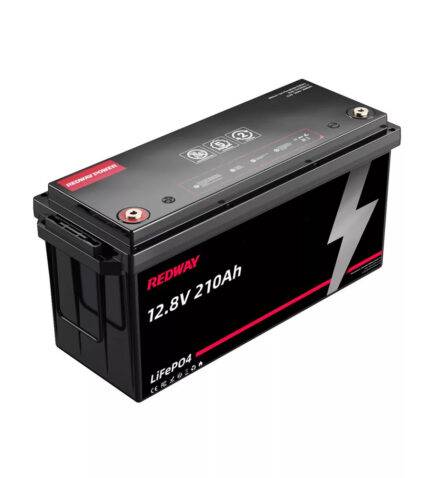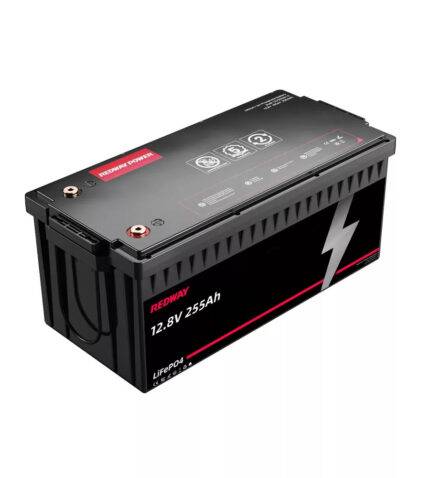12V Lithium Battery
- All products
- 96V Lithium Battery1 product
- CCA Starter Battery6 products
- Golf Cart Battery17 products
- Portable Power Station5 products
Best-OEM13 products
- 12V Lithium Battery19 products
- 24V Lithium Battery14 products
- 36V Lithium Battery6 products
- 48V Lithium Battery20 products
- 60V Lithium Battery8 products
- 72V Lithium Battery5 products
- PowerWall8 products
- Home ESS3 products
- eBike Lithium Battery2 products
- Lithium Battery Module19 products
- 217005 products
Redway Power is a leading manufacturer wholesaler specializing in 12V LiFePO4 lithium batteries. Renowned for their top-tier performance and reliability, Redway Power’s batteries redefine power storage standards. Their superior technology ensures efficient and sustainable energy solutions for various applications, making them a trusted choice in the industry.
FAQs
Is it OK to leave a 12V LiFePO4 battery on the charger?
Is it safe to leave a 12V LiFePO4 battery on the charger? Yes, it is generally safe to leave a 12V LiFePO4 battery on the charger. LiFePO4 batteries have built-in safety features, such as a battery management system (BMS), that protect against overcharging and overheating. However, it is advisable to use a charger with an automatic shut-off or timer function and periodically check the battery’s charge level. Following best practices and considering the manufacturer’s recommendations will help ensure the safe and efficient charging of your 12V LiFePO4 battery.
What is the voltage of a 12V Li ion battery when fully charged?
The voltage of a fully charged 12V Li-ion battery can vary depending on the battery type. Lead acid batteries typically have a voltage range of 12.6V – 12.8V when fully charged. AGM and gel batteries have a slightly higher voltage range of around 12.8V – 13.0V. For lithium-ion (Li-ion) batteries, the voltage can range from 13.2V – 13.3V when fully charged. Understanding the voltage range of your battery is essential for proper charging and maintenance.
Do LiFePO4 batteries lose charge when not in use?
Lifepo4 batteries have a low self-discharge rate and do not suffer from significant loss of charge when not in use. While all batteries experience some degree of natural discharge over time, lifepo4 batteries retain their charge well during periods of non-use. Proper storage conditions and periodic charging are important to maintain the optimal performance of lifepo4 batteries.
Do you need to vent 12V LiFePO4 batteries?
LiFePO4 batteries do not generally require venting due to their unique chemistry, inherent stability, and advanced safety features. These batteries have built-in safety mechanisms, including a ventilation system, that safely release any excess gases produced during charging or discharging. This prevents dangerous levels of pressure from building up and reduces the risk of damage or accidents. LiFePO4 batteries are designed to operate safely in closed and confined spaces, making proper ventilation requirements minimal or even non-existent.
Is it OK to fully discharge a 12V LiFePO4 battery?
Fully discharging a 12V LiFePO4 battery is generally not recommended. Doing so can lead to irreversible damage, reduce the overall lifespan of the battery, and pose safety risks. LiFePO4 batteries are designed to operate within a specific voltage range, and fully discharging them can cause the voltage to drop below the safe threshold. This can result in issues such as cell degradation and capacity loss. To ensure optimal performance and longevity, it is best to avoid fully discharging LiFePO4 batteries whenever possible and recharge devices before they reach critically low battery levels.
Should you charge a LiFePO4 battery to 100%?
Charging a LiFePO4 battery to 100% has both benefits and risks. Charging to 100% maximizes the available energy and extends the battery’s usage time. However, overcharging can lead to reduced battery lifespan, increased heat generation, and safety hazards. It is important to find the right balance between maximizing capacity and considering factors like temperature, voltage limits, and manufacturer recommendations. Charging to around 80% to 90% for daily use and periodically performing deep charging for calibration is recommended.
Is it better to have 2 100Ah batteries or 1 200Ah battery?
The choice between two 100Ah batteries or one 200Ah battery depends on factors such as space availability, budget, maintenance capabilities, and runtime needs. Having one 200Ah battery offers simplicity and potentially higher energy density, while two 100Ah batteries provide redundancy and flexibility in power distribution. Consider your specific requirements and priorities to make an informed decision that suits your needs best.

